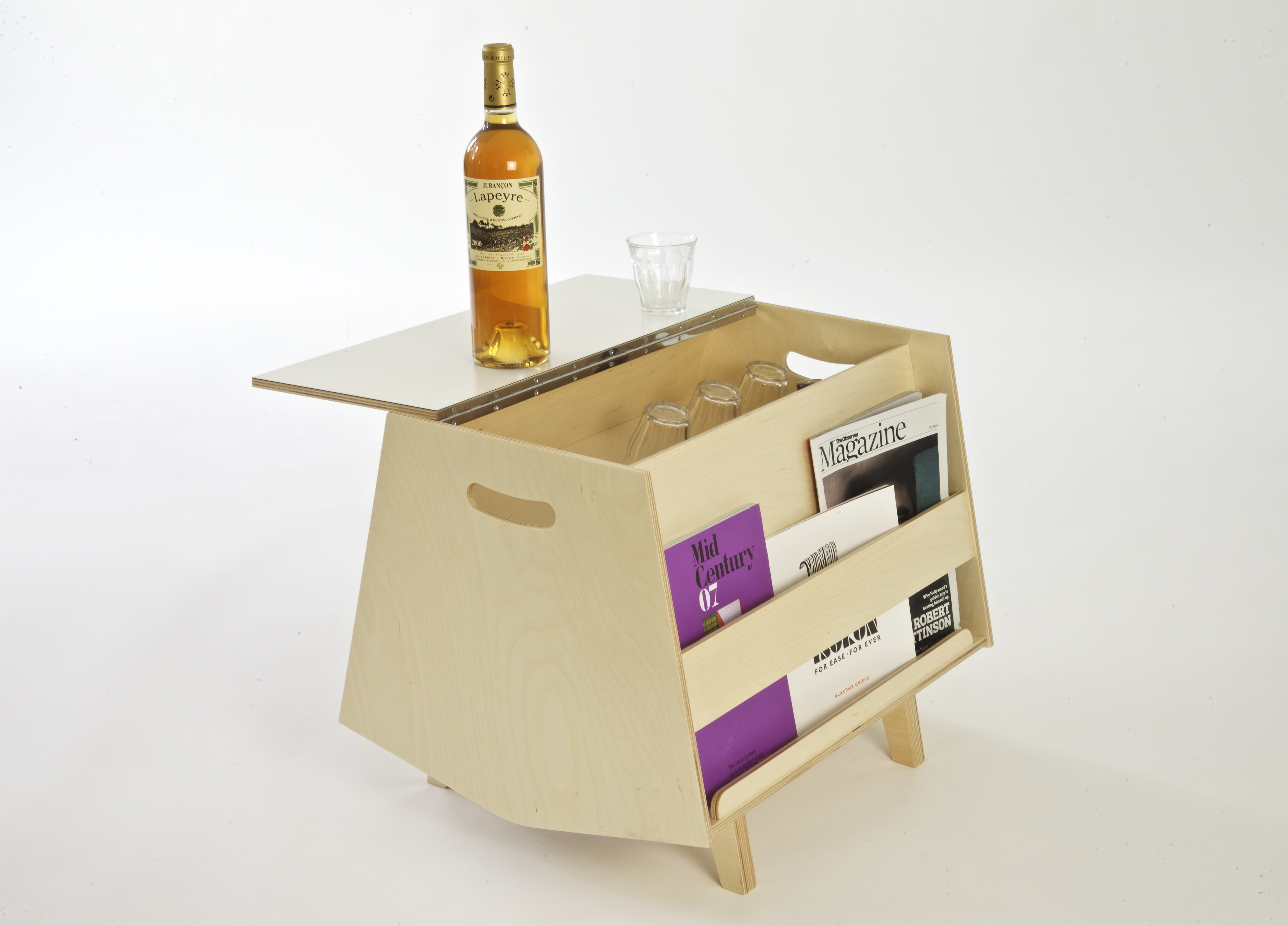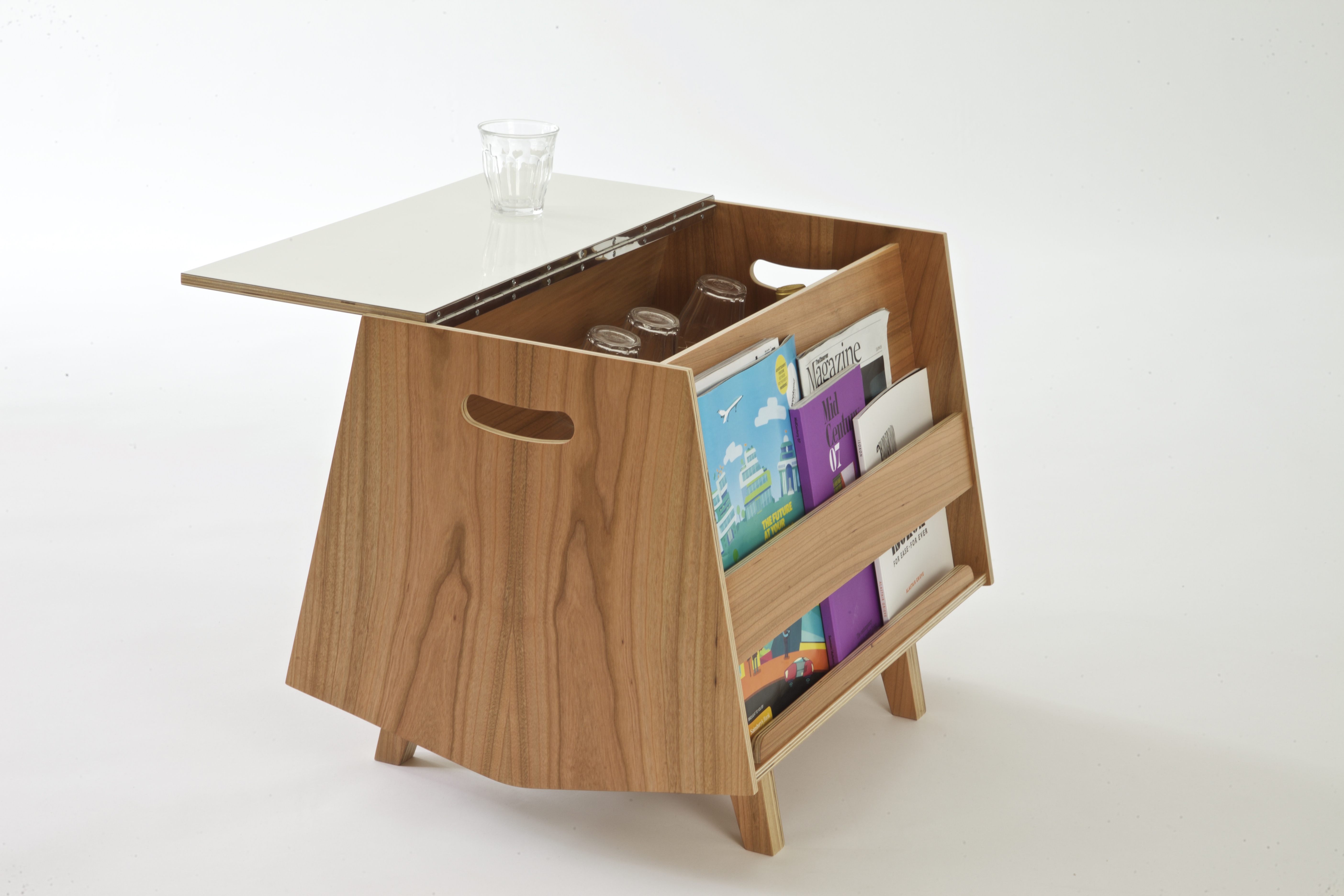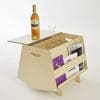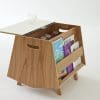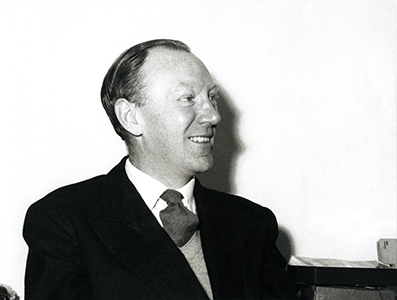
Ernest Race
Ernest Race (1913 - 1964) was a key figure in early twentieth-century British design. He was born in Newcastle and studied interior design at the Bartlett School of Architecture in London. He first worked as a designer for London lighting manufacturer Troughton & Young before establishing his own company, Race Fabrics, to produce and sell his textile designs.
After the war, Race founded Ernest Race Ltd (subsequently renamed Race Furniture) to manufacture his own furniture designs. The company was to produce some of the most iconic designs of the post-war era, including the BA3 and the Antelope chairs.
The BA3 chair was the first design issued by Race Furniture. In keeping with the government's Utility Furniture scheme, the chair was made of re-cast aluminium from now redunant British fighter planes, while parachute silk was often used as upholstery fabric.
The Antelope chair was designed for the 1951 Festival of Britain for use on the terrace of the Royal Festival Hall. In 1955 the BA3 and Antelope chairs won both Gold and Silver medals at the Salone di Milano, a first for British furniture design.
Race's designs are notable for their light and often playfully curvaceous, their innovative use of new materials and manufacturing technologies and their distinctive names: the Flamingo, Heron and Antelope and Roebuck chairs number among his designs. His works are now held in the permanent collections of the V&A Museum in London and MOMA, New York.
